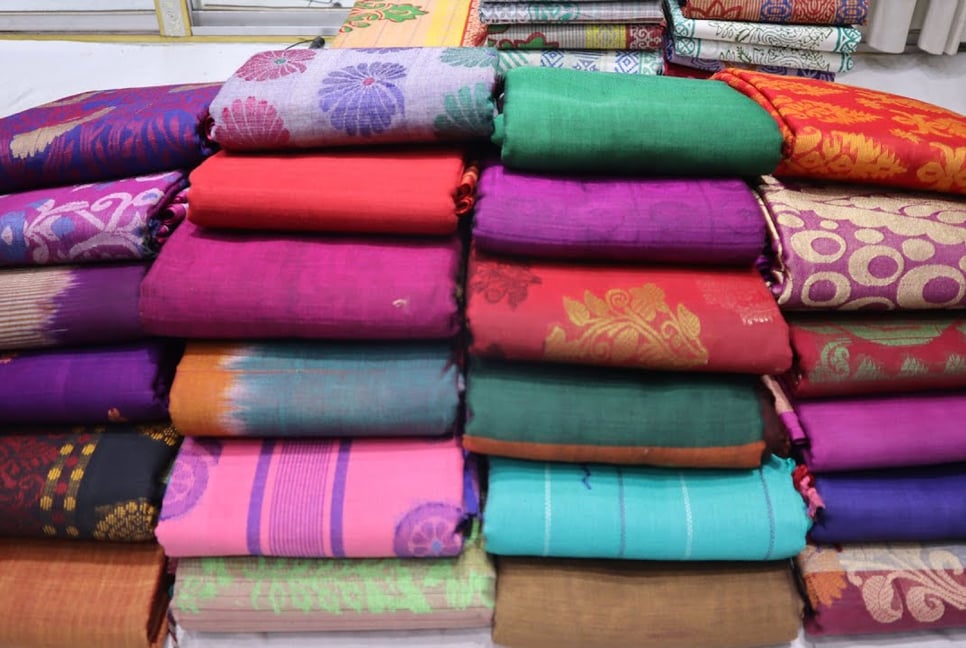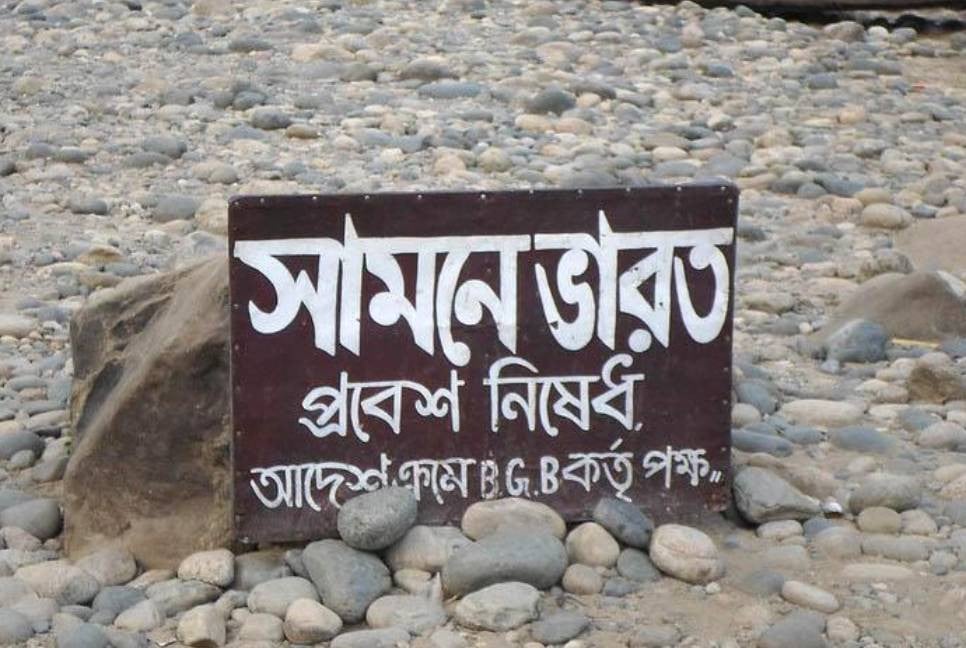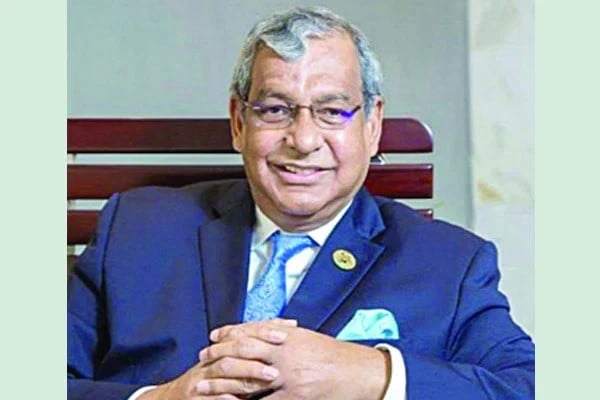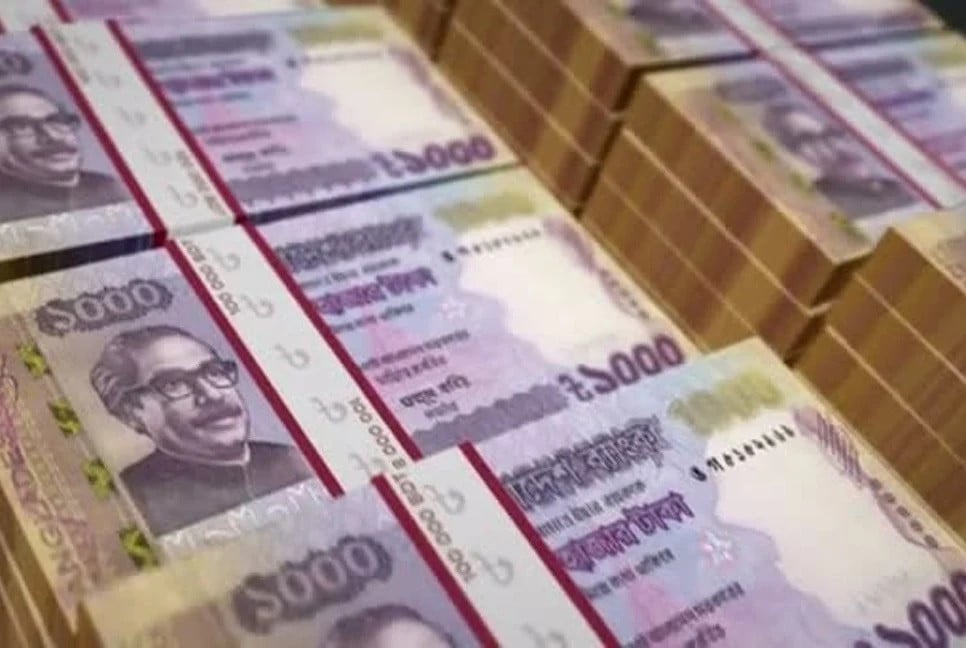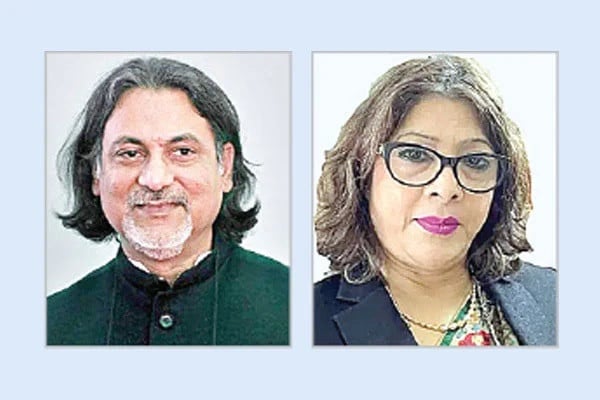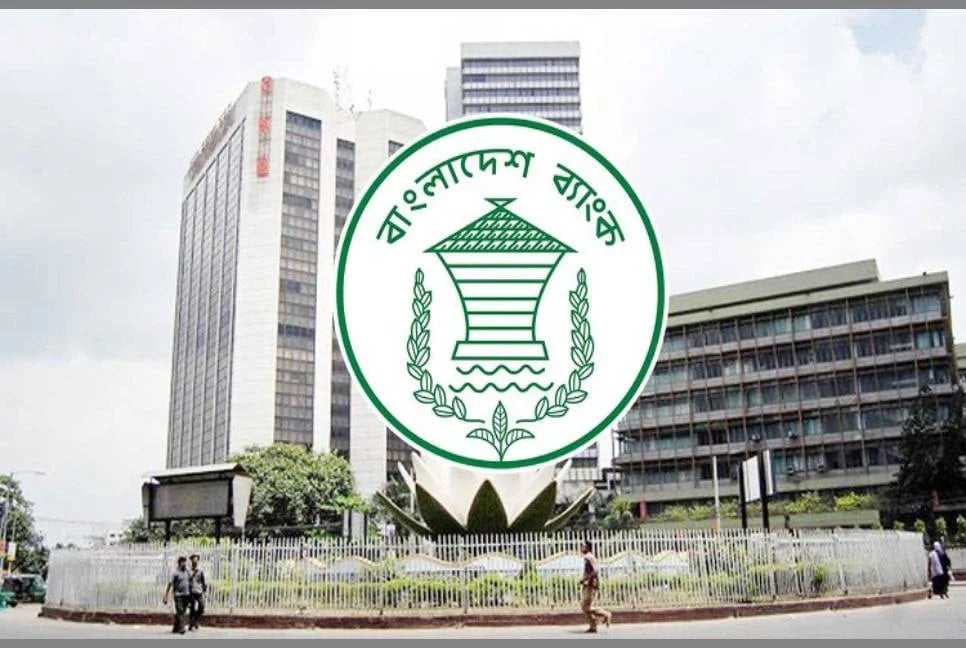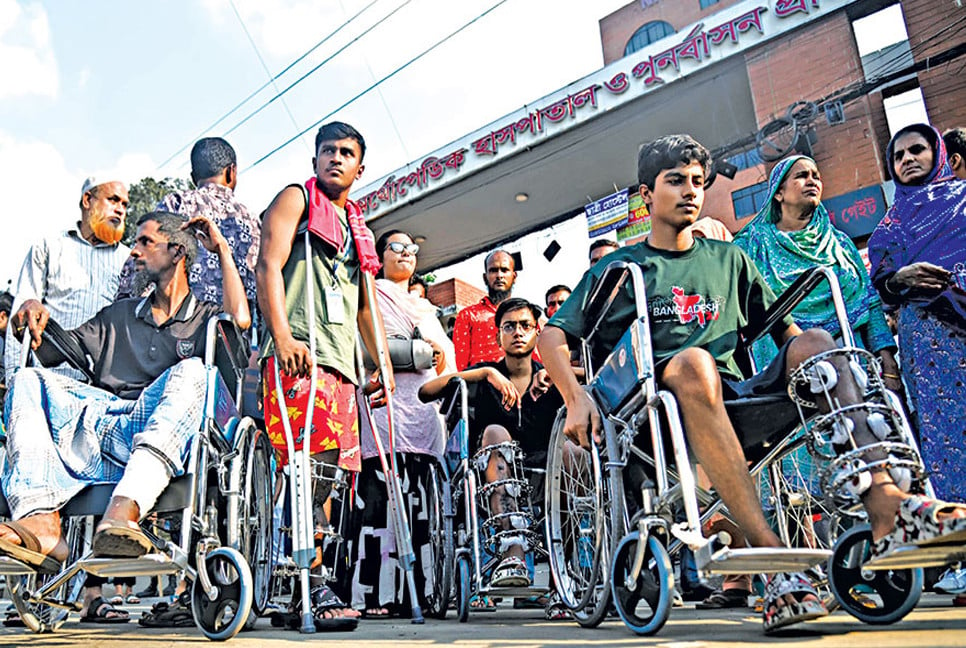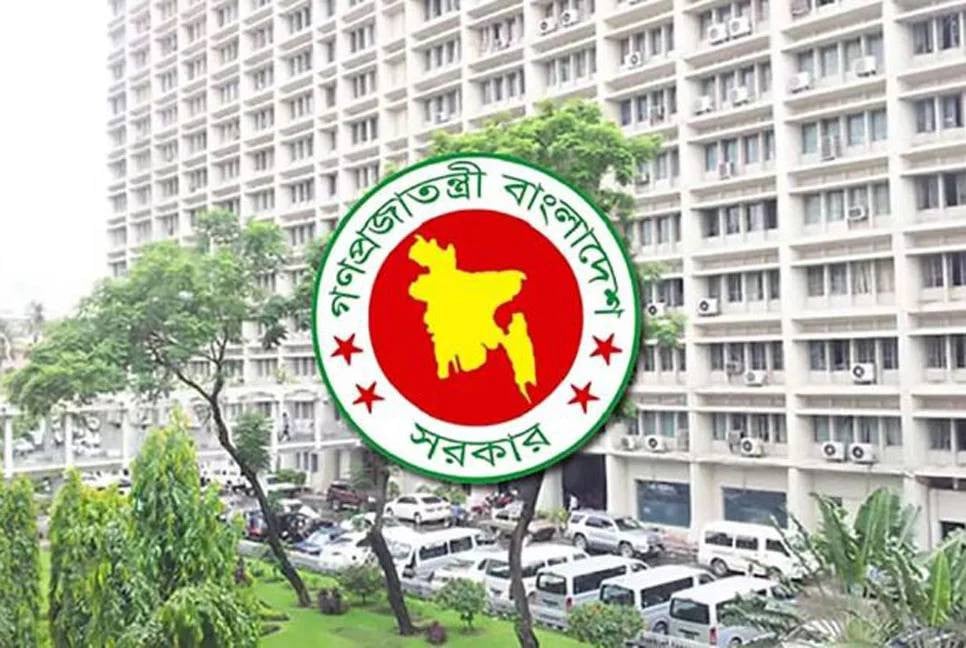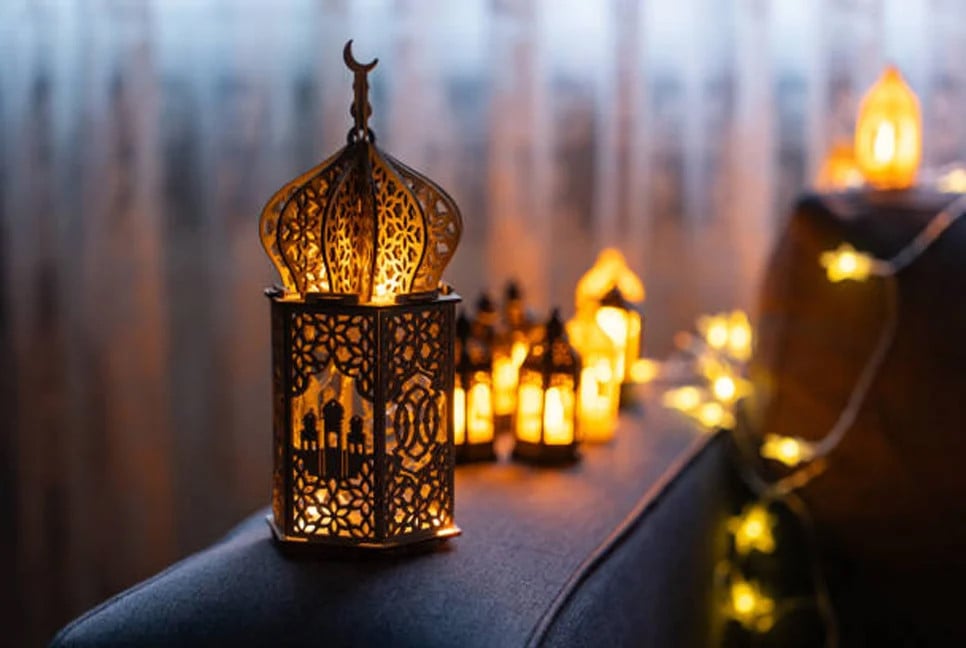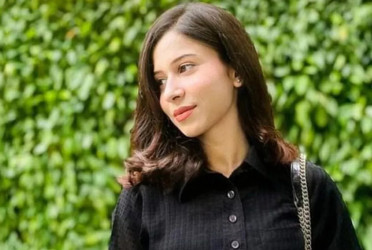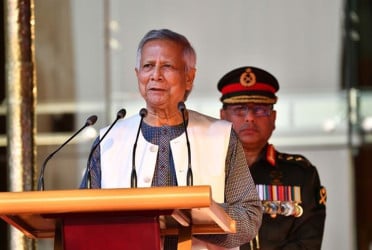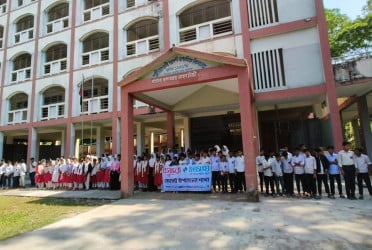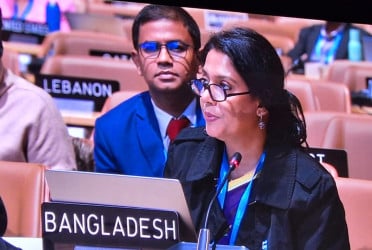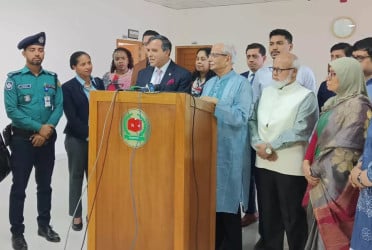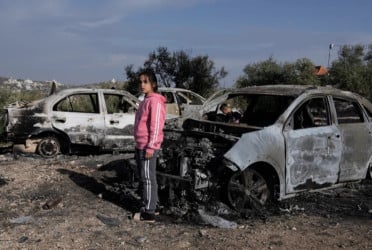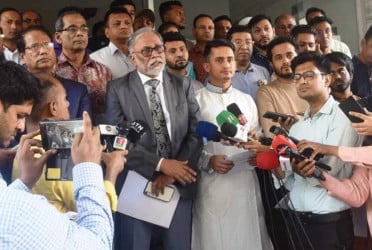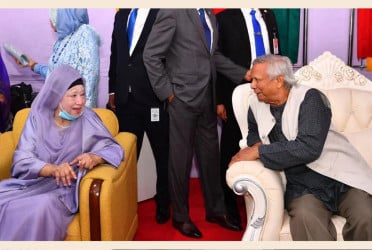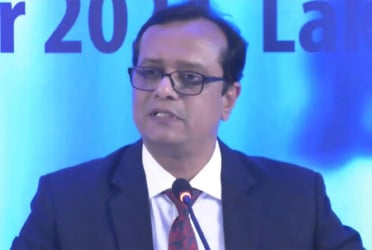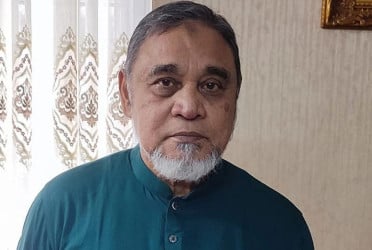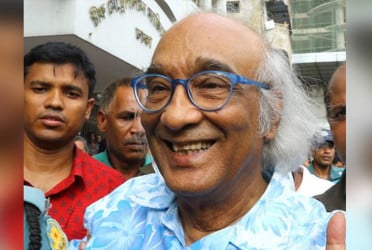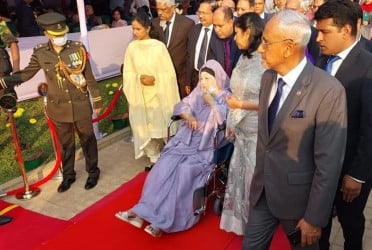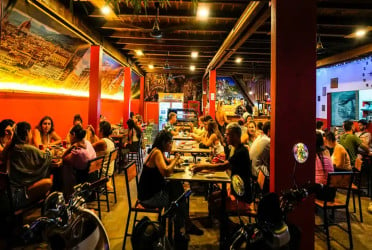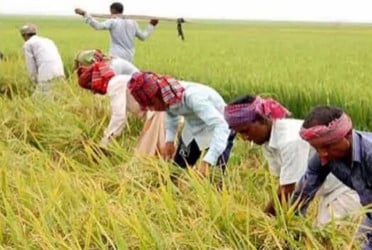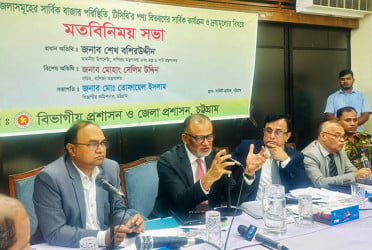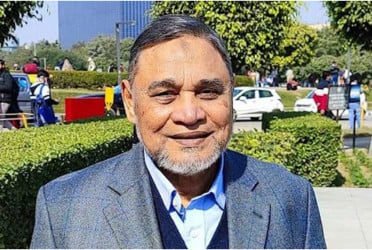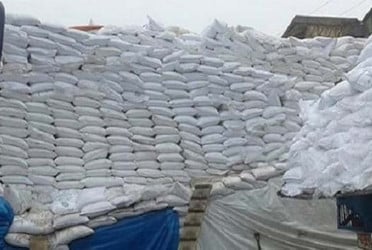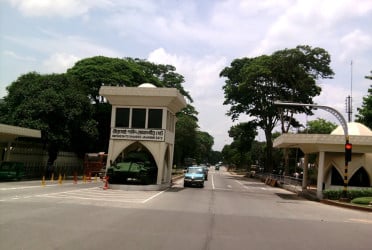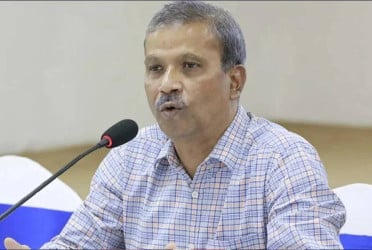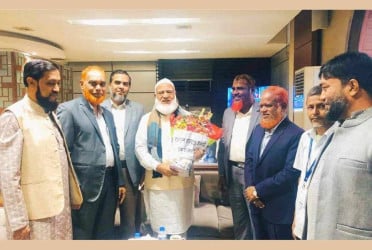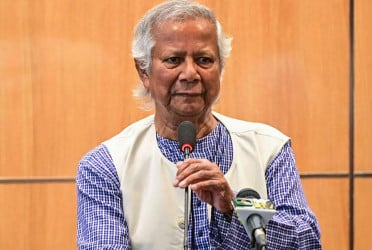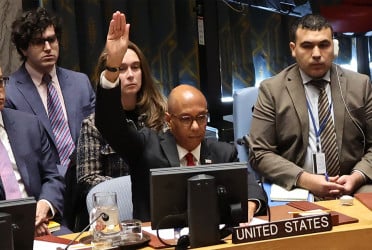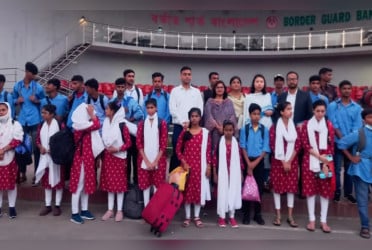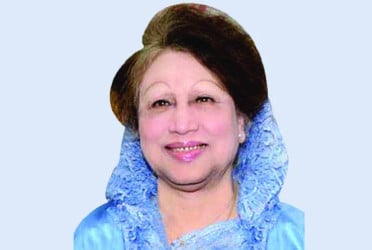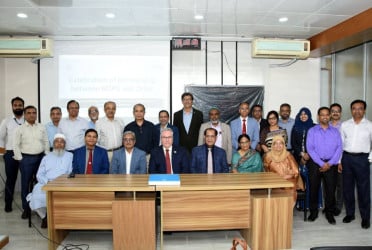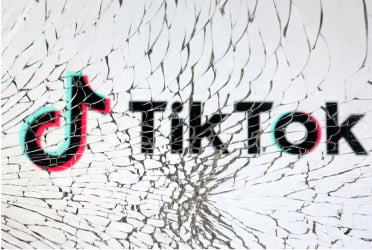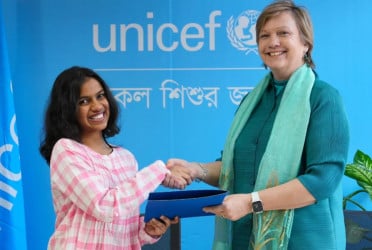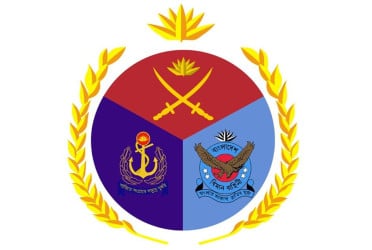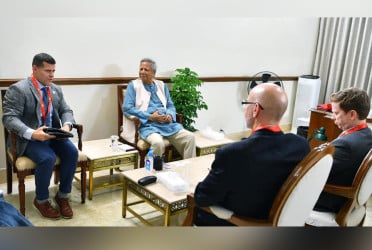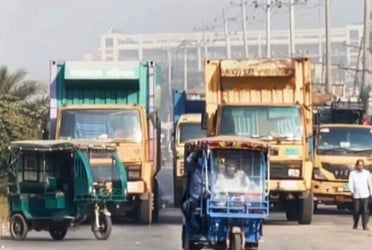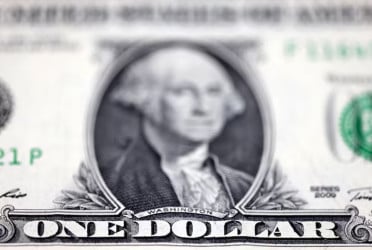Controversy has erupted over the origins of the Tangail saree, a traditional garment woven in Tangail, with claims emerging from West Bengal, India, regarding its lineage.
The Ministry of Culture of India has asserted ownership of the saree, triggering widespread debate and outrage among the people of Bangladesh.
The Tangail saree, boasting a rich history of two and a half centuries, has garnered international acclaim for its intricate designs, particularly appealing to Bengali women. However, assertions of its origin in West Bengal have left experts and fashion designers perplexed, prompting vehement protests from various social organizations, textile industry stakeholders, and business owners in Tangail.
Demanding swift action, stakeholders have urged the government and relevant authorities to secure Geographical Indication (GI) recognition for the Tangail saree of Bangladesh.
Despite its longstanding association with Tangail, the saree was granted GI status as a product of West Bengal by the Department of Patents, Designs, and Trade Marks under the Ministry of Industry and Commerce of India on January 2 of this year. The application for GI recognition was submitted by the Handicrafts Department of the West Bengal government in September 2020, as per the country's Geographical Indication Registry.
These sarees are produced in almost all weaving villages of Bajitpur, Kartia, Santosh, Binyafair, Belta, Bara Beltam of Tangail Sadar Upazila, Chandi, Patrail, Nalsondha, Nalua, Deuzhan and Bakultala of Delduar Upazila, Balla, Rampur, Kukrail of Kalihati Upazila of Tangail district. And about 350,000 related persons including owners and workers are involved with weaving.
Tangail, as a district of Bangladesh and carrying its own tradition for more than 200 years, has made a world name, weavers said. It cannot in any way get GI as a product of India. If it was India's own product then why is named Tangail saree, there is no district called Tangail in India. The demand for GI recognition of Tangail saree as a product of Bangladesh has been raised by canceling India's GI soon.
Raghunath Basak, President of Tangail District Weaving Owners Association, said that the origin of Tangail saree is understood to be Tangail. Why Tangail saree will get GI recognition from other place. It is sad for us.
“These sarees are made by different standards and skills. We are strongly protesting the recognition of Tangail saree as a GI product of India. You have to be vocal against it. India may give their saree another name. Tangail sarees are produced in Tangail due to weather conditions.”
Fashion designer Bibi Russell told Bangladesh Pratidin that India's GI recognition as its own cannot be believed. I am surprised by this incident. Ever since this specialized saree was produced in the Tangail area of the country, it was called the Tangail saree. Our oldest cottage industry is the loom of Tangail. “Tangail saree makers and weavers are the most in Bangladesh. At the time of partition some weavers migrated to Phuliya and Nadia in India. Then some weavers went to India during the liberation war. But most of the weavers are in Bangladesh. I myself have worked in Fulia. The one that comes from Bangladesh is known as Tangail saree.”
“More than 50,000 Tangail sarees go to India every year from Bangladesh. From these it is surprising to think how India claims ownership of Tangail saree. The government enacts the GI Act. We need to do more on this.”
“Earlier the saree was 9 to 10 hands but now it is 14 hands. Tangail saree is such an old tradition of ours and it is not understandable how India took it. In this case, the government should take necessary responsibility. Jamdani saree is Bangladesh's own tradition, its history should be properly documented. For this, if the concerned officials feel that they can talk to us, they can do so. I think we need to file a strong protest against this right now. So that we can prevent it,” Bibi Russell added.
President of Fashion Entrepreneurs Association Azharul Haque Azad told Bangladesh Pratidin that although this is surprising for us, India has done this work before. They did the same with Jamdani. The problem is that proper steps have not been taken from Bangladesh in this regard. We started working four-five years ago to make GI of this saree.
“This work was being done through the Ministry of Textiles and the Weaving Board. But in the last three-four years, the pace of this work has slowed down. We had a meeting on this last week as well. In between, the work of GI recognition of India's Tangail saree is progressing. We will hold a press conference in a day or two,” he said.
Poet Mahmud Kamal said that Tangail's saree is hundreds of years old. How does it become a GI product in another country's name? It's a strange thing. When many poets and writers from India come to visit Bangladesh, their first choice is the Tangail saree. From here they returned to West Bengal with different designer sarees. How did that Tangail saree get West Bengal GI approval?
He demanded the government to take necessary steps to get the GI rights of Tangail saris in the name of Tangail soon.
Tangail District Commissioner Kaycharul Islam said that Tangail saree is a tradition of two and a half hundred years. We have started the process to get three products including woven sarees as GI. We hope to get GI recognition. All necessary steps will be taken to make Tangail Saree GI.
(The report was published on print and online versions of The Bangladesh Pratidin on February 4 and rewritten in English by Tanvir Raihan)

